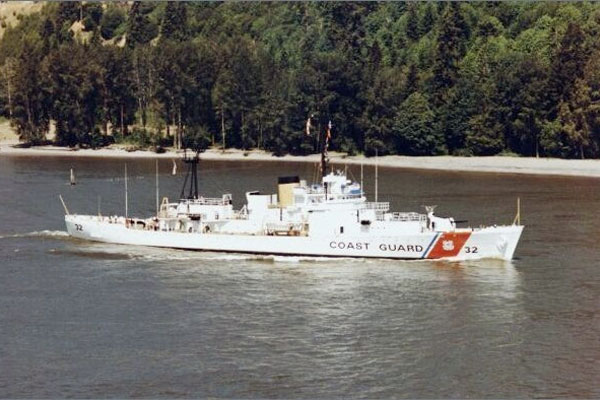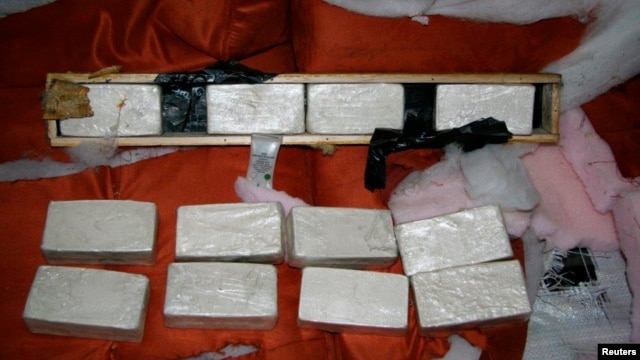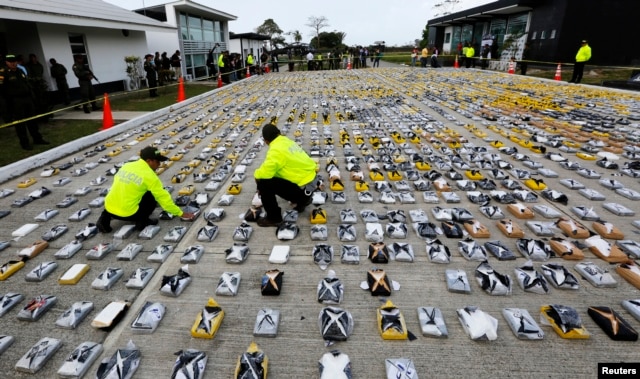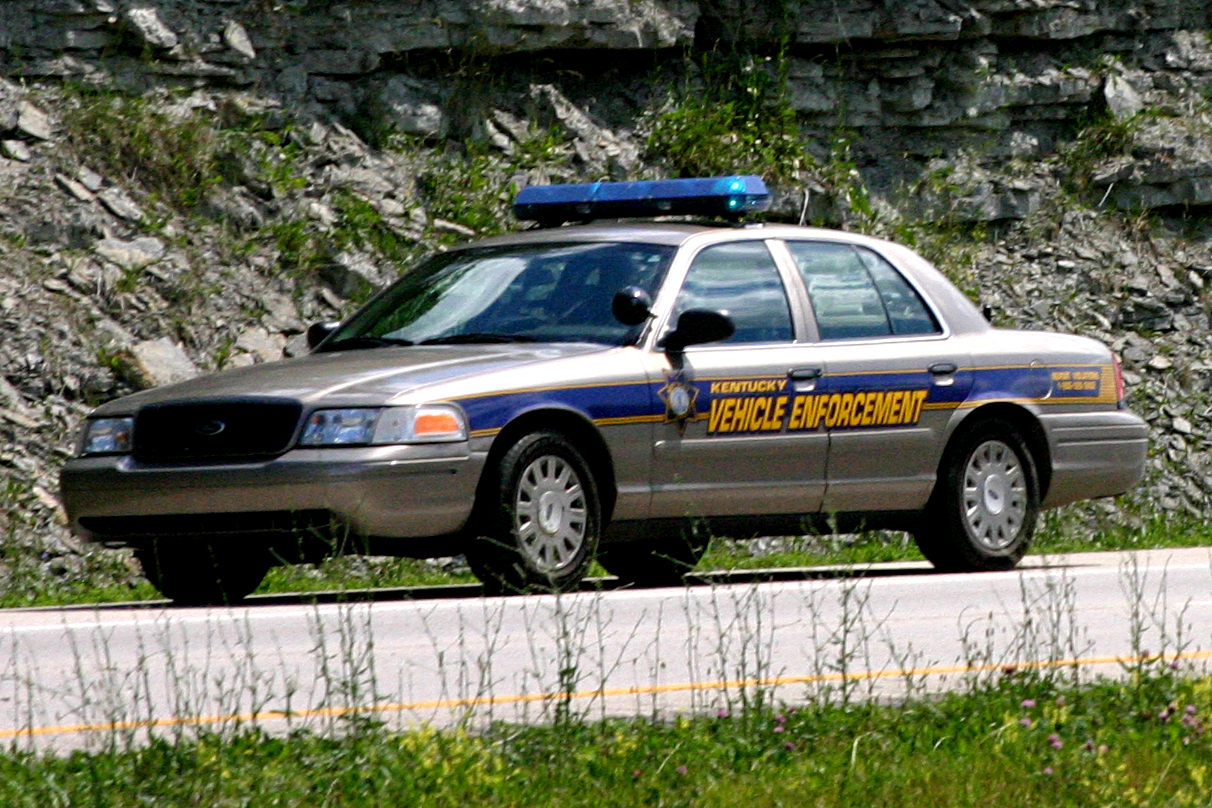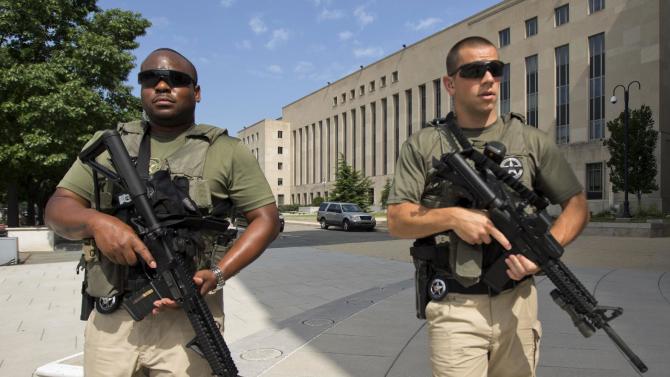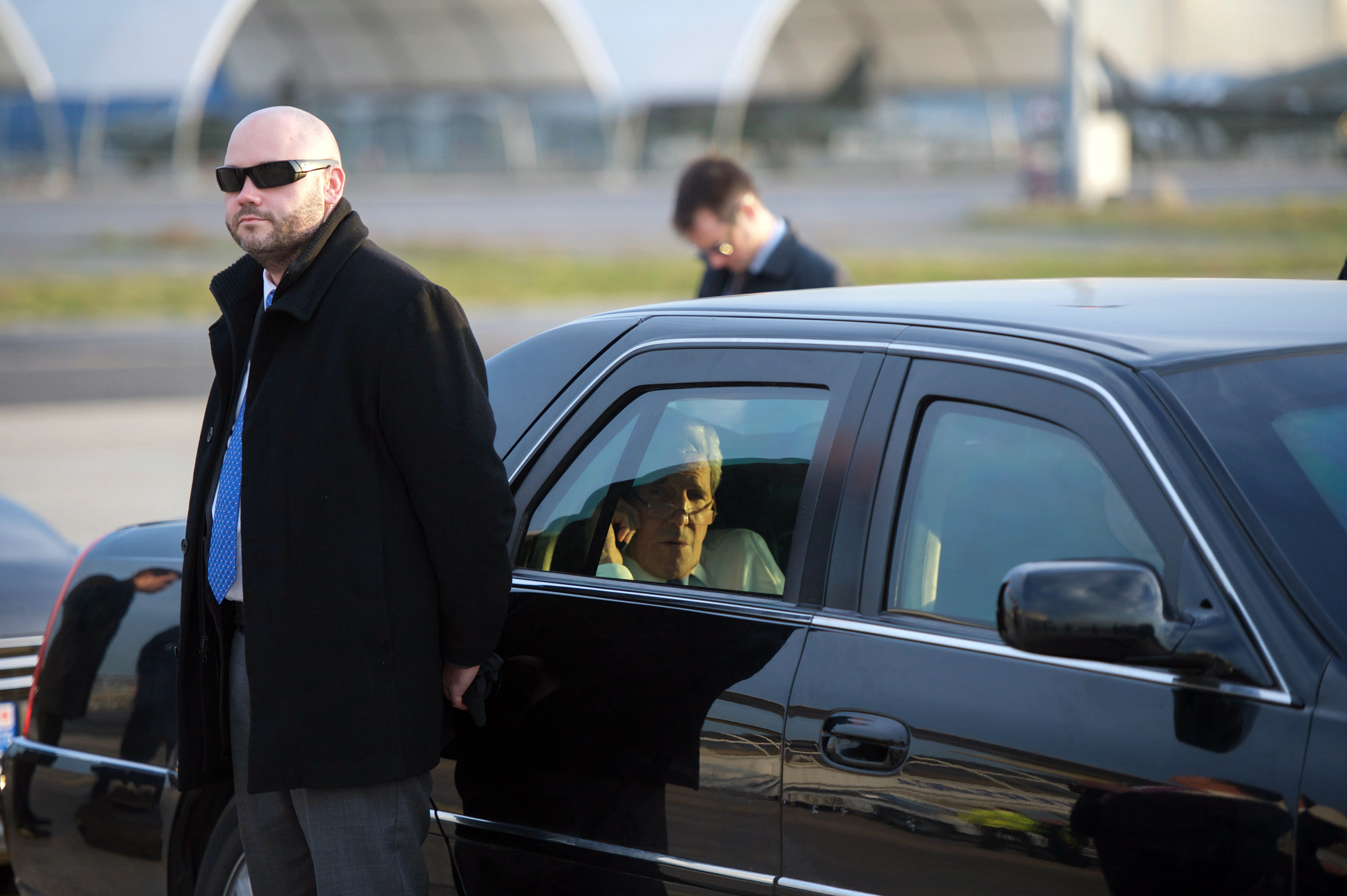Sonny Clark
Diamond Member
- Banned
- #1
[ This piece was written on 4/30/2006. It speaks not only to present day illegal drug issues, but also to the illegal immigration issue.]
Drugs' Super Highway
Mexico’s President Fox finally gives in to “Colombian Drug Lords”. The “Crime Cartels” are winning the war against law enforcement. It appears that Mexico wants a huge “slice of the pie” by creating a “super highway” for everything from illegal drugs to terrorists. Soon, our southern border will be just an imaginary geographical line and no obstacle for crime.
We’ve already turned our backs to Afghanistan’s poppy crops and the enormous opium trade, not to mention our failed effort to oust Colombia’s Drug Lords years ago. Now, our friend to the south turns a deaf ear to Bush’s pleas to help control illegal drugs from crossing the border into the U.S. What will be next to cross our southern border, terrorists?
Though President Fox is playing down the significance of legalizing “personal use” drugs, the new law will permit drugs to enter their country unrestricted, which means safe passage through their country into ours. This is no doubt, music to the ears of organized crime, and drug kingpins here in the U.S. Couple this with the possibility of “Illegals” being given permission to come and go at will through our borders, and you have a super highway for crime.
Will this new Mexican law stretch the resources of our Homeland Security Agency, the DEA, the INS, and our Border Patrol? Only time will tell how much of an impact Mexico’s new drug law will have on our ability to control illegal drug trafficking at our southern border. It’s a well-known fact that many times the amount of illegal drugs makes it onto our streets than are confiscated at our borders. We have never gained ground on the smuggling of illegal drugs into this country even though we’ve thrown billions of dollars at the problem.
Personally, I don’t believe we can ever completely stop illegal drugs from entering the U.S. I also believe that the new Mexican Drug Law will at least double the amount of illegal drugs crossing our southern border. And, if our immigration laws are rewritten in a way that’ll allow “Illegals” temporary work status and permitted to pass back and forth across the border, I believe illegal drug traffic could triple.
The question then becomes “how much money are we willing to spend on a seemingly lost cause”? I know of no way to stop illegal drugs from finding their way onto our streets, or stopping them from entering the U.S. from Mexico. Another point to consider is the drugs that are manufactured right here in the U.S., which we can’t stop either. Would it be wise to divert some of the money presently spent on fighting illegal drugs to a program that could produce positive and meaningful results for citizens?
Drugs' Super Highway
Mexico’s President Fox finally gives in to “Colombian Drug Lords”. The “Crime Cartels” are winning the war against law enforcement. It appears that Mexico wants a huge “slice of the pie” by creating a “super highway” for everything from illegal drugs to terrorists. Soon, our southern border will be just an imaginary geographical line and no obstacle for crime.
We’ve already turned our backs to Afghanistan’s poppy crops and the enormous opium trade, not to mention our failed effort to oust Colombia’s Drug Lords years ago. Now, our friend to the south turns a deaf ear to Bush’s pleas to help control illegal drugs from crossing the border into the U.S. What will be next to cross our southern border, terrorists?
Though President Fox is playing down the significance of legalizing “personal use” drugs, the new law will permit drugs to enter their country unrestricted, which means safe passage through their country into ours. This is no doubt, music to the ears of organized crime, and drug kingpins here in the U.S. Couple this with the possibility of “Illegals” being given permission to come and go at will through our borders, and you have a super highway for crime.
Will this new Mexican law stretch the resources of our Homeland Security Agency, the DEA, the INS, and our Border Patrol? Only time will tell how much of an impact Mexico’s new drug law will have on our ability to control illegal drug trafficking at our southern border. It’s a well-known fact that many times the amount of illegal drugs makes it onto our streets than are confiscated at our borders. We have never gained ground on the smuggling of illegal drugs into this country even though we’ve thrown billions of dollars at the problem.
Personally, I don’t believe we can ever completely stop illegal drugs from entering the U.S. I also believe that the new Mexican Drug Law will at least double the amount of illegal drugs crossing our southern border. And, if our immigration laws are rewritten in a way that’ll allow “Illegals” temporary work status and permitted to pass back and forth across the border, I believe illegal drug traffic could triple.
The question then becomes “how much money are we willing to spend on a seemingly lost cause”? I know of no way to stop illegal drugs from finding their way onto our streets, or stopping them from entering the U.S. from Mexico. Another point to consider is the drugs that are manufactured right here in the U.S., which we can’t stop either. Would it be wise to divert some of the money presently spent on fighting illegal drugs to a program that could produce positive and meaningful results for citizens?



